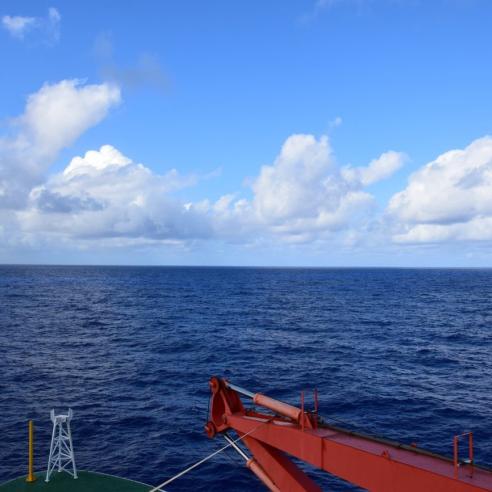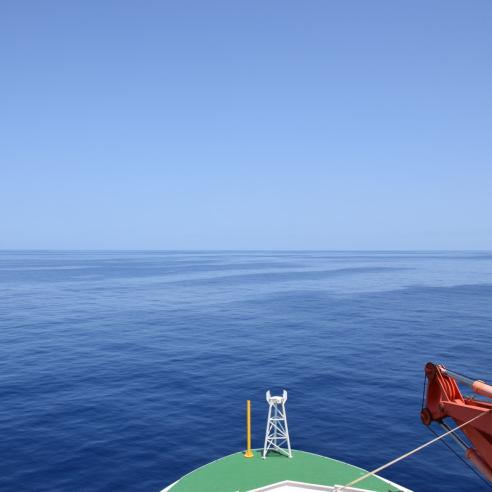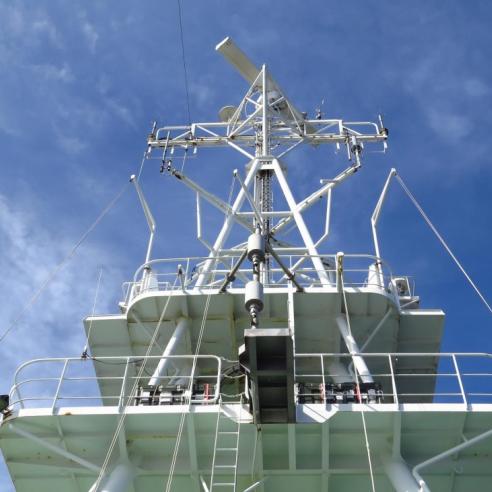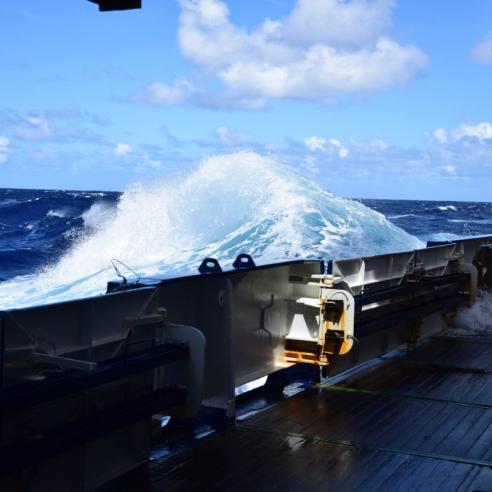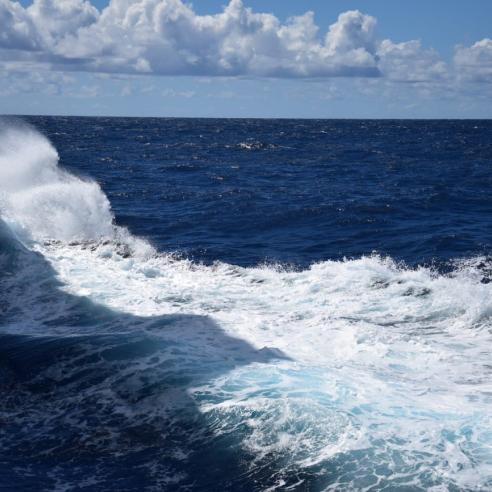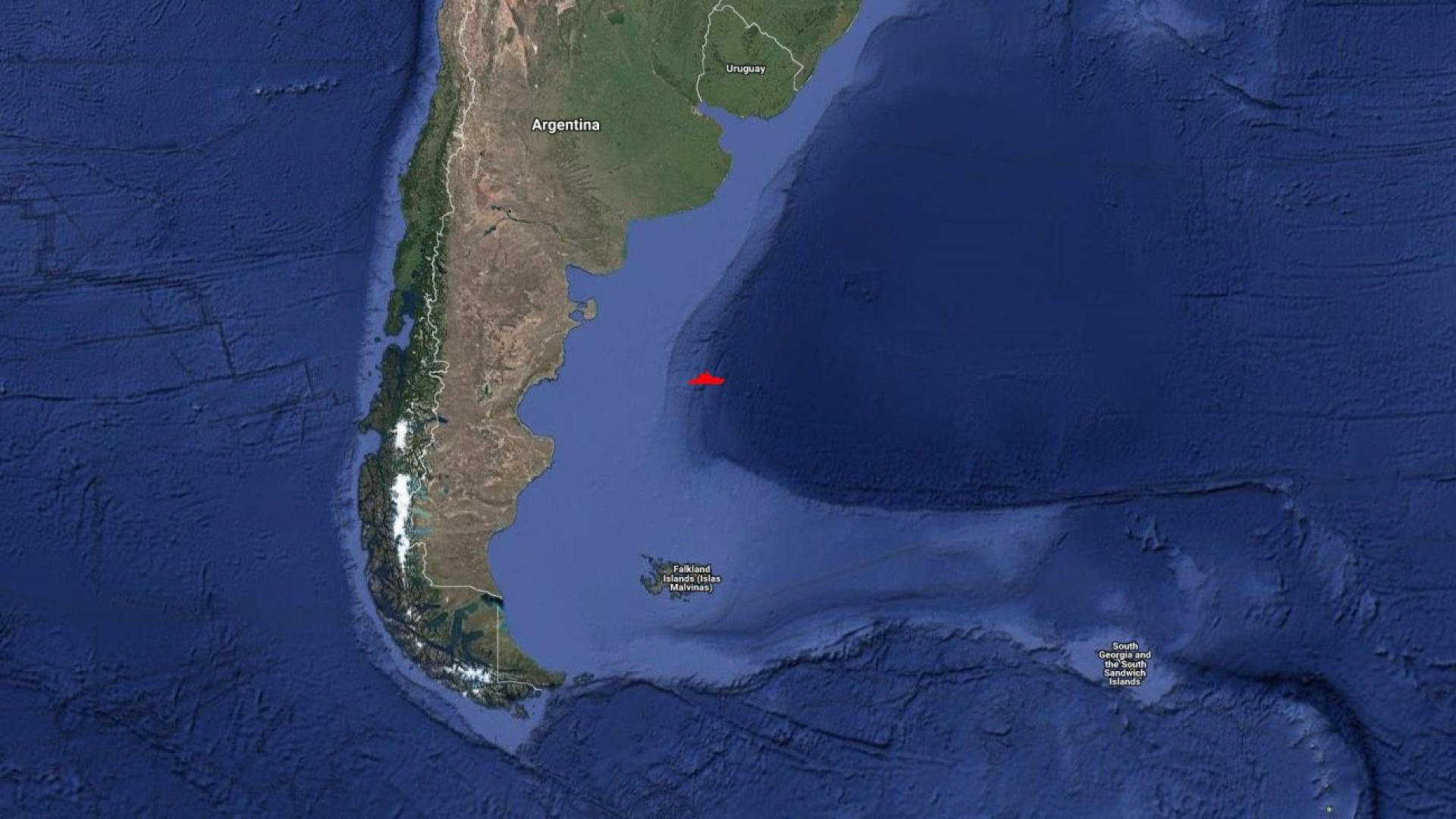
South Atlantic near 51°S 065°30´W, 21 March 2017
Welcome on board the German research vessel Polarstern, on its expedition number 105 (PS105).

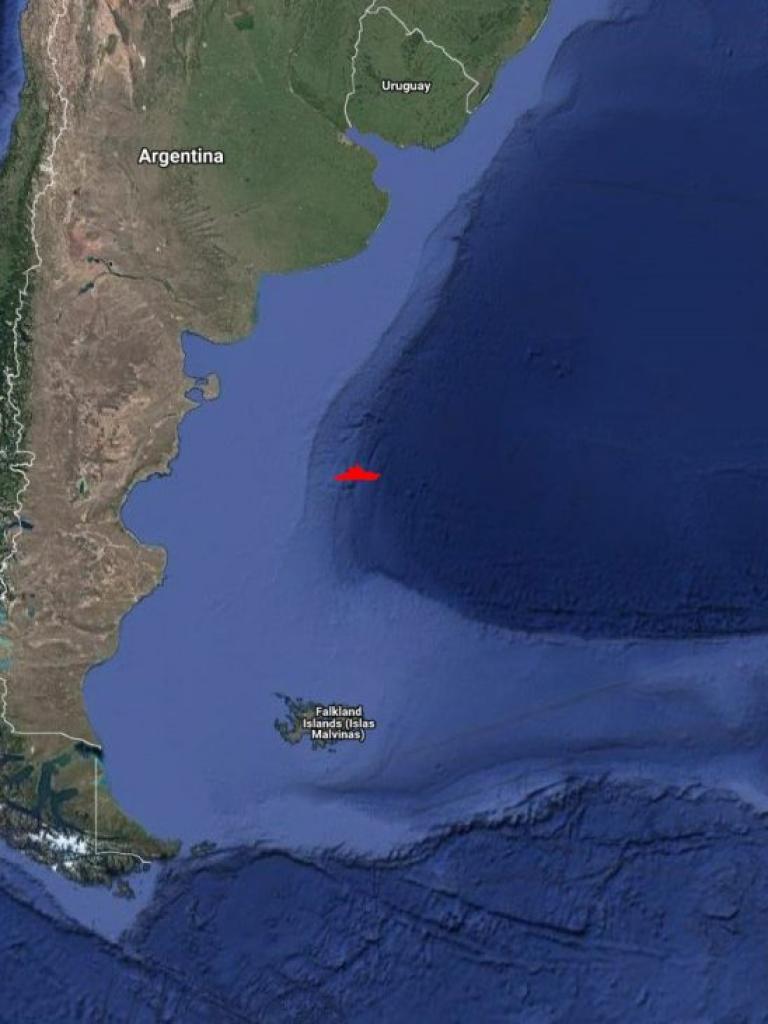
In recent years, the Alfred Wegener Institute has established a regular blog where the scientists can report on their work during the expeditions.
11 March 2021
21 March 2017
PS105 is a transit cruise, to bring the vessel back to the northern hemisphere after the Antarctic season. Scientific work is very limited during this cruise, as there is no time for things like station work.
That gave us the opportunity to occupy the blog for the purposes of EUMeTrain. As there is not much science to talk about, we can focus on the weather during the cruise, how it influences the scientific work (not only on this cruise), the needs of the crew, what the meteorological staff on board have to do and what their tools are.
Polarstern departed from Punta Arenas, Chile, at 19:30 local time on 20 March, about 14 hours ahead of schedule and only two hours after the last scientists had come on board, including our forecaster Tobias and me.
For Tobias, that meant he had to start working immediately, with no chance to relax a moment after a journey to Punta of more than 30 hours (Hamburg – Paris – Santiago – Punta Arenas): the navigational crew needed to know about the wind and wave situation after leaving the Strait of Magellan.
Leaving Punta in the evening also means that most of the passage of the Strait of Magellan is been done during night time – last land to see for the next weeks has vanished in the darkness…
The first day was filled with official things. Instructions about safety on board and other rules, implementation of the personal IT – it took some time before work could start.
Nevertheless, we have had weather.

East of the Rio de la Plata a high pressure system with 1026 hPa will be almost stable for the next days. A ridge, extending to the west of Falkland Islands, will swing east due to a trough which corresponds to a low in the polar region that is also swinging east over the Cape. It is expected to weaken so we don’t expect any precipitation in the area of the vessel, but there will be more clouds than ever today.
Another east- swinging trough had caused some high clouds that passed our track today.
Wind came from north-west with 4 to 5 Beaufort today and will decrease overnight to 3 Beaufort, turning to west.


On Thursday, when the trough will pass, the wind will turn to south for some time, later to north-west again and increase to force 5 to 6 Beaufort, also causing the wave height to increase to about 1.5m, with a swell coming from north-east with 1m.
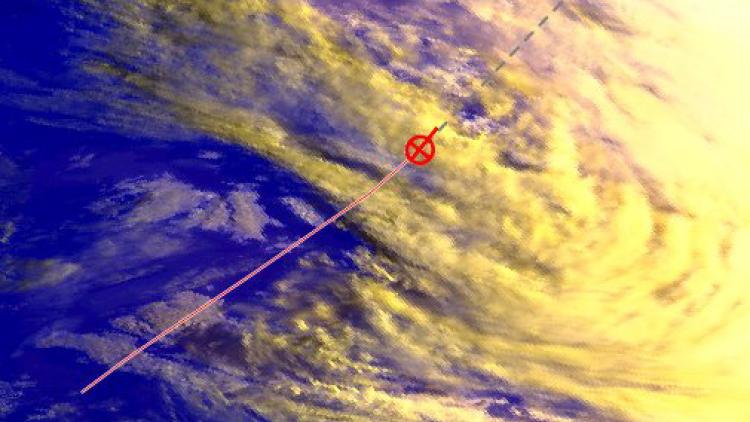

Let’s finish for the first day with the temperatures: air is about 11°C, water 10°C. Visibility was excellent.
So, we can be curious if the expectations will be met in the coming days.
